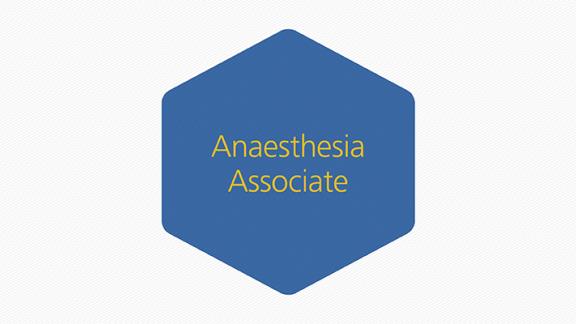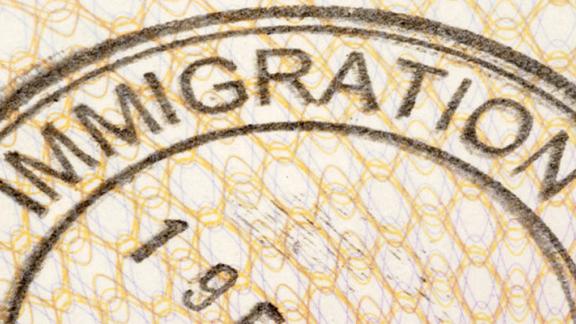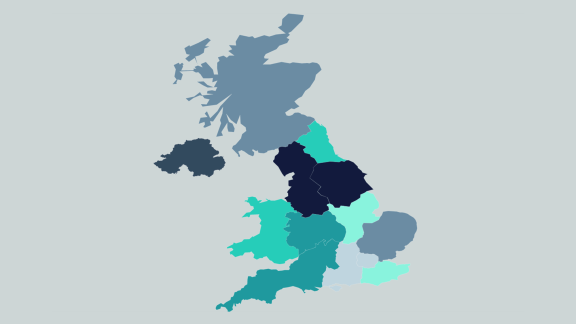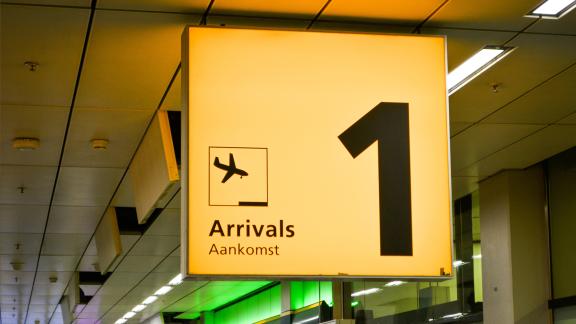Anaesthesia associates

More information on the anaesthesia associates practitioner role, including what training and qualifications they have and how they work within the NHS.
What are anaesthesia associates (AAs)?
The anaesthesia associate (previously known as physicians’ assistants (anaesthesia) (PA(A)) role was first introduced in 2004 and is now established within many NHS hospitals. These are highly trained and skilled practitioners that work within an anaesthetic team under the direction and supervision of an autonomously practising anaesthetist, such as a consultant or specialty and specialist (SAS) doctor.
AAs are part of the medical associate professions (MAPs), alongside physicians associates and surgical care practitioners.
What can an anaesthesia associate do?
The role encompasses pre-, intra- and post-operative care. Under the direction of an autonomously practising anaesthetist, such as a consultant or SAS doctor, the anaesthesia associate may participate in:
- pre-operative and post-operative assessment of patients
- anaesthesia for day case surgery
- pre-operative patient pathways
- delivery of anaesthesic or sedation
- advanced vascular access.
What training and qualifications does an anaesthesia associate have?
Qualifying as an AA requires successful completion of an AA training programme. Rather than a direct application to a university, applicants are required to obtain a student AA role within a Trust which has secured training places for AAs.
Applicants are typically required to possess a biomedical science or biological/life sciences 2:1 honour degree. Alternatively they can be registered healthcare professionals (such as nurses or operating department practitioners) with at least three years clinical experience.
On successful application, student AAs will be assigned to a university, of which there are currently three offering AA courses, whilst continuing to work within their Trust. The AA training course is two years and is designed around a curriculum developed by the Royal College of Anaesthetists in collaboration with the General Medical Council.
How do anaesthesia associates fit into the NHS workforce?
Anaesthesia Associates, as supplementary members of multidisciplinary perioperative and anaesthesia teams, can exert a positive impact on patients and service provision, by enabling flexibility to anaesthesia teams in service delivery and enabling consultants to manage their team more effectively. As a result of the increased workforce capacity, theatre downtime can be reduced, and patient flow can be increased.
NHS England has a series of impact case studies looking at the roles AAs can play within an MDT.
Further information
There are a range of resources for further information on AAs including
- an infographic
- Health Education England – anaesthesia associates
- Royal College of Anaesthetist – anaesthesia associates
Access a webinar about anaesthesia associates.



